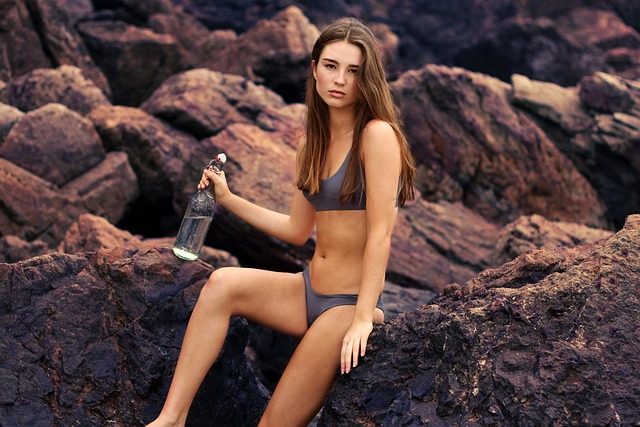When it comes to photography, understanding exposure is akin to mastering the language of light itself. As a model stepping into the world of photography, whether you’re in front of the lens or behind it, having a grasp of how exposure works can significantly influence the way you, and the photographer, tell a story through images.
The Dance of Light and Shadow
Photography is more than just a click of a button; it’s an art form that requires a delicate balance of light and shadow. When you pose for a photo, you become a participant in this dance. The interplay between your presence and the camera’s ability to capture that moment relies heavily on the optics and exposure settings.
Understanding Cameras and Their Settings
As a model, familiarity with how cameras operate can offer a fresh perspective on your role during a shoot. Cameras have different exposure settings—aperture, shutter speed, and ISO. These three components work together to capture images rich in detail and brilliance. For instance, a wide aperture (low f-number) allows more light to hit the sensor, which can beautifully blur the background and draw focus to you as the model. Alongside this, understanding the shutter speed will help you appreciate the timing of your movements. A fast shutter speed can freeze momentary expressions, while a slower speed might capture fluidity in motion, creating a dynamic effect.
Optics: The Secret Weapon
Optics are what bring the camera to life, bridging the gap between your performance and the tangible image. Different lenses – be it a wide-angle or a classic prime lens – can dramatically change the way a photo is captured. As a model, knowing the effects of various lenses can empower you to adapt your poses accordingly. Curious how certain lenses create flattering portraits or expansive landscapes? This insight can help you collaborate more effectively with photographers and ensure that you are not just a subject, but an integral part of the photographic art.
Playing with Exposure Settings
Awareness of ambient lighting conditions is crucial. Golden hour, for instance, provides a warm glow that softens the harshness of midday sun—this is a perfect opportunity for stunning photographs. However, you must be aware of how this lends itself to exposure. Help your photographer adjust the settings to capture you in the best light. Being adaptable and prepared to shift poses based on these conditions will create captivating images that fully represent your talent.
Building Your Confidence in Front of the Lens
Ultimately, mastering these elements of photography and optics helps you feel more confident in front of the camera. When you know how your image will be affected by light and exposure, you can channel your energy and creativity more effectively while posing. Engage with the camera, express yourself, and remember that your understanding of these technicalities can lead to more breathtaking captures.
As you embark on your journey as a model, embrace the world of exposure; it’s not just a technicality but a tool that will enhance your visual storytelling. Dive in, explore, and let the beauty of light transform your experience into something magical.



